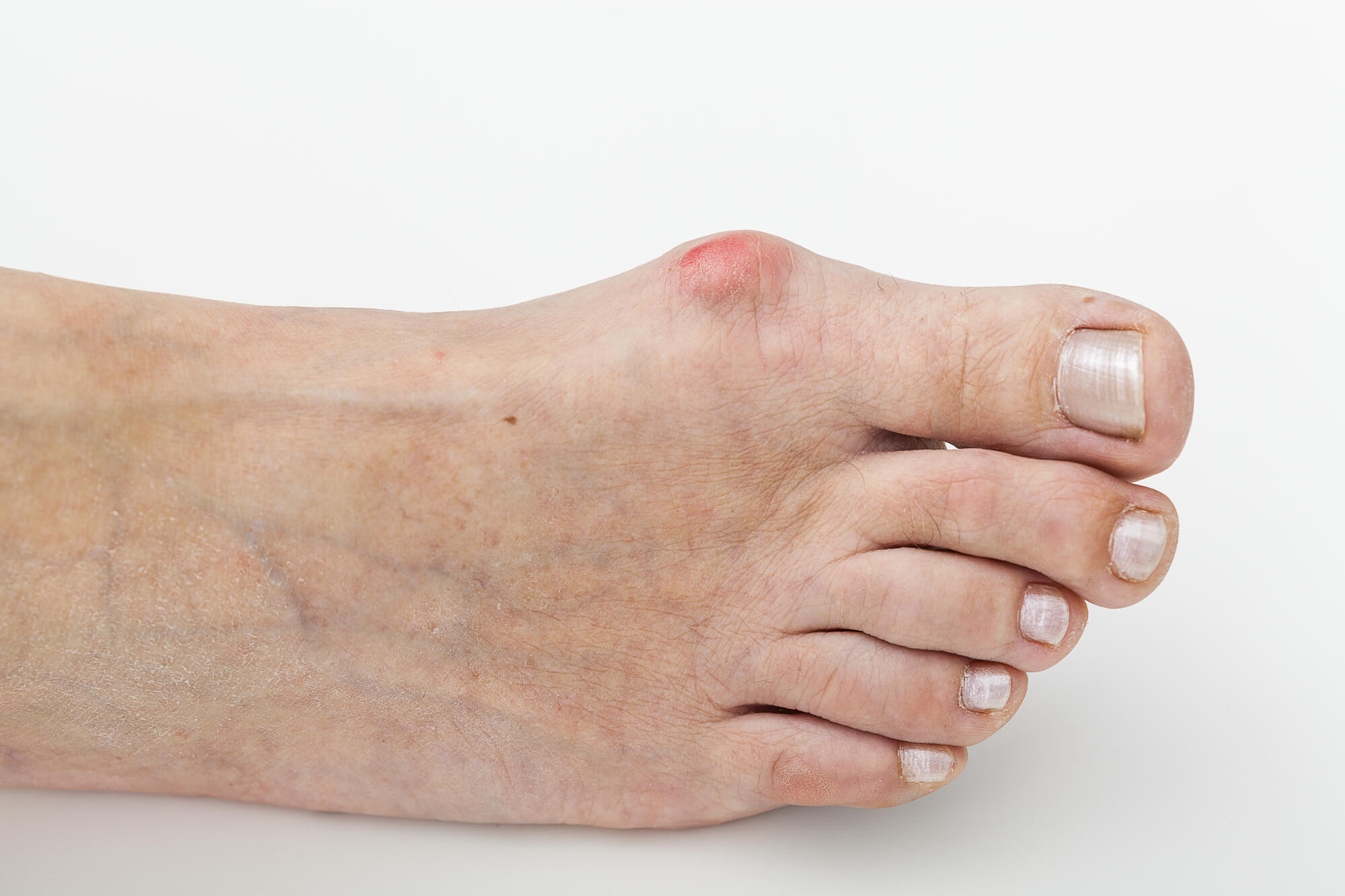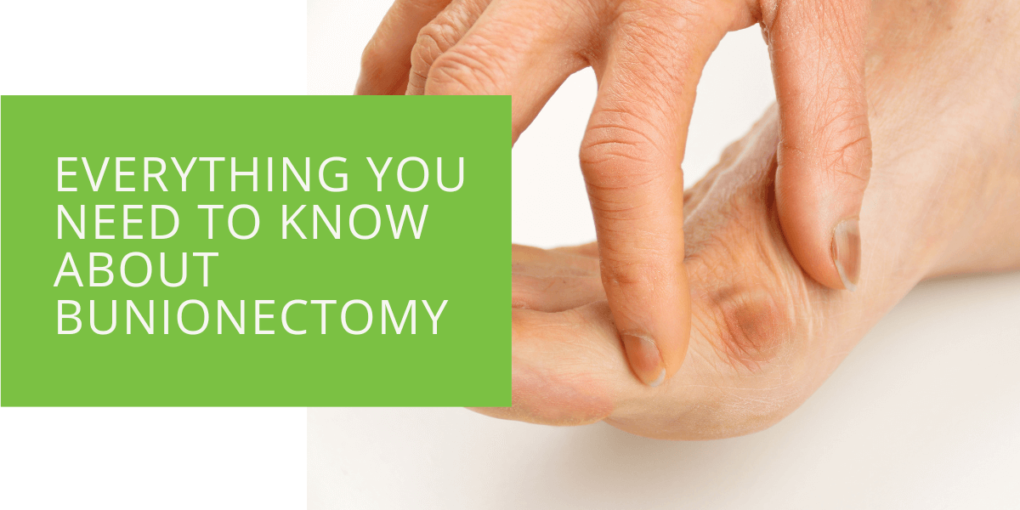Everything You Need to Know About Bunionectomy
Bunions are a common foot problem that can cause pain and discomfort and affect how you walk. A bunion is a bony protrusion that forms at the base of the big toe and can cause the toe to angle inwards towards the other toes. It is often caused by a genetic predisposition but can also result from poorly fitting shoes or other foot conditions. In severe cases, a bunion may require surgical intervention. This is where a bunionectomy comes in. A bunionectomy is a type of bunion surgery performed to remove the bony protrusion and realign the big toe. This article will discuss everything you need to know about bunionectomy, including the causes, symptoms, treatment options, recovery, and possible complications.
Bunionectomy Procedure
During a bunionectomy, a podiatrist will make an incision on the inside of the foot, near the big toe joint. The podiatrist will then remove the bony protrusion and realign the big toe. Depending on the type of surgery, the podiatrist may also cut the bone and reposition it to correct the deformity. The procedure is usually performed as an outpatient and can be done under local or general anesthesia.
After the surgery, the foot will be bandaged, and the patient will be instructed to keep the foot elevated for several days. A splint may also help keep the toe in the correct position. Depending on the surgery type and the bunion's severity, recovery time can vary. In most cases, patients can return to normal activities within two to six weeks after surgery. However, more severe cases may require a longer recovery time.

Preparing for Surgery
Before the surgery, your podiatrist will give you pre-surgery instructions. This may include avoiding certain medications and supplements, such as blood thinners and anti-inflammatory drugs. You must follow these instructions closely to minimize the risk of complications during and after the surgery. Your podiatrist will also discuss any other necessary preparation that you will need to do before your surgery.
Recovery and Rehabilitation
Recovery after a bunionectomy can vary depending on the type of surgery and the severity of the bunion. In most cases, patients can return to normal activities within two to six weeks after surgery. However, more severe cases may require a longer recovery time. After the surgery, your podiatrist will give instructions on how to care for your foot, including managing pain and discomfort.
Physical therapy and exercises will also be important during your recovery. Your podiatrist will recommend exercises to help improve your range of motion and strength in your foot and ankle. It is also important to wear comfortable shoes during your recovery, and your podiatrist may recommend shoes with a wider toe box to help prevent the recurrence of the bunion.

Possible Complications and Risks
As with any surgery, there are risks associated with bunionectomy. Some possible complications include infection, nerve damage, and bleeding. However, these complications are rare. Your podiatrist will discuss the possible complications and risks with you before the surgery and take steps to minimize the risk of complications.
What is a Bunion?
A bunion is a bony protrusion that forms at the base of the big toe. A misalignment of the bones in the big toe joint causes it. The big toe joint is where the bones of the big toe meet the bones of the foot. In a normal foot, the bones of the big toe are aligned with the bones of the foot. But in a bunion, the big toe joint is angled towards the other toes. This causes the bone inside the joint to stick out and form a bony protrusion.
The most common symptoms of bunions are pain and discomfort in the big toe joint, swelling, and redness. The severity of the bunion will determine the level of pain and discomfort you experience. In some cases, the bunion may cause the skin over the bony protrusion to become thick and calloused. Bunions are most commonly seen in people between 30 and 60 and are more common in women than men.

Treatment Options
Treatment options for bunions vary depending on the severity of the bunion. A podiatrist may recommend conservative treatment options such as padding, orthotics, and physical therapy in mild cases. However, in severe cases, a podiatrist may recommend surgical intervention. The most common type of surgery for bunions is called a bunionectomy.
Conclusion
A bunionectomy is a type of bunion surgery performed to remove the bony protrusion and realign the big toe. Recovery time varies depending on the type of surgery and the severity of the bunion. Your podiatrist will give you instructions on caring for your foot, including managing pain and discomfort. Physical therapy and exercises will also be important during your recovery. It is also important to wear comfortable shoes during your recovery, and your podiatrist may recommend shoes with a wider toe box to help prevent
FAQ
Should I get a bunionectomy?
A bunionectomy is a surgical procedure typically recommended for severe bunions that have not responded to conservative treatments. It is important to consult with a podiatrist or a foot and ankle specialist to determine if a bunionectomy is the best treatment option for your specific case.
How painful is a bunionectomy?
Pain during and after a bunionectomy varies depending on the type of surgery and the severity of the bunion. Your podiatrist will provide pain management options to help minimize discomfort and aid recovery.
At what point should you have bunion surgery?
Bunion surgery is typically recommended as a last-resort treatment option for severe bunions that have not responded to conservative treatments. It is important to consult with a podiatrist or a foot and ankle specialist to determine the best treatment option for your specific case.
How long is a bunionectomy?
The length of a bunionectomy procedure can vary depending on the type of surgery and the severity of the bunion. The surgery typically lasts between one and two hours.
How long does a bunionectomy last?
The recovery time for a bunionectomy can vary depending on the type of surgery and the severity of the bunion. Most patients can return to normal activities within two to six weeks after surgery, but more severe cases may require a longer recovery. Physical therapy and exercises will also be important during your recovery to help improve your range of motion and strength in your foot and ankle.

